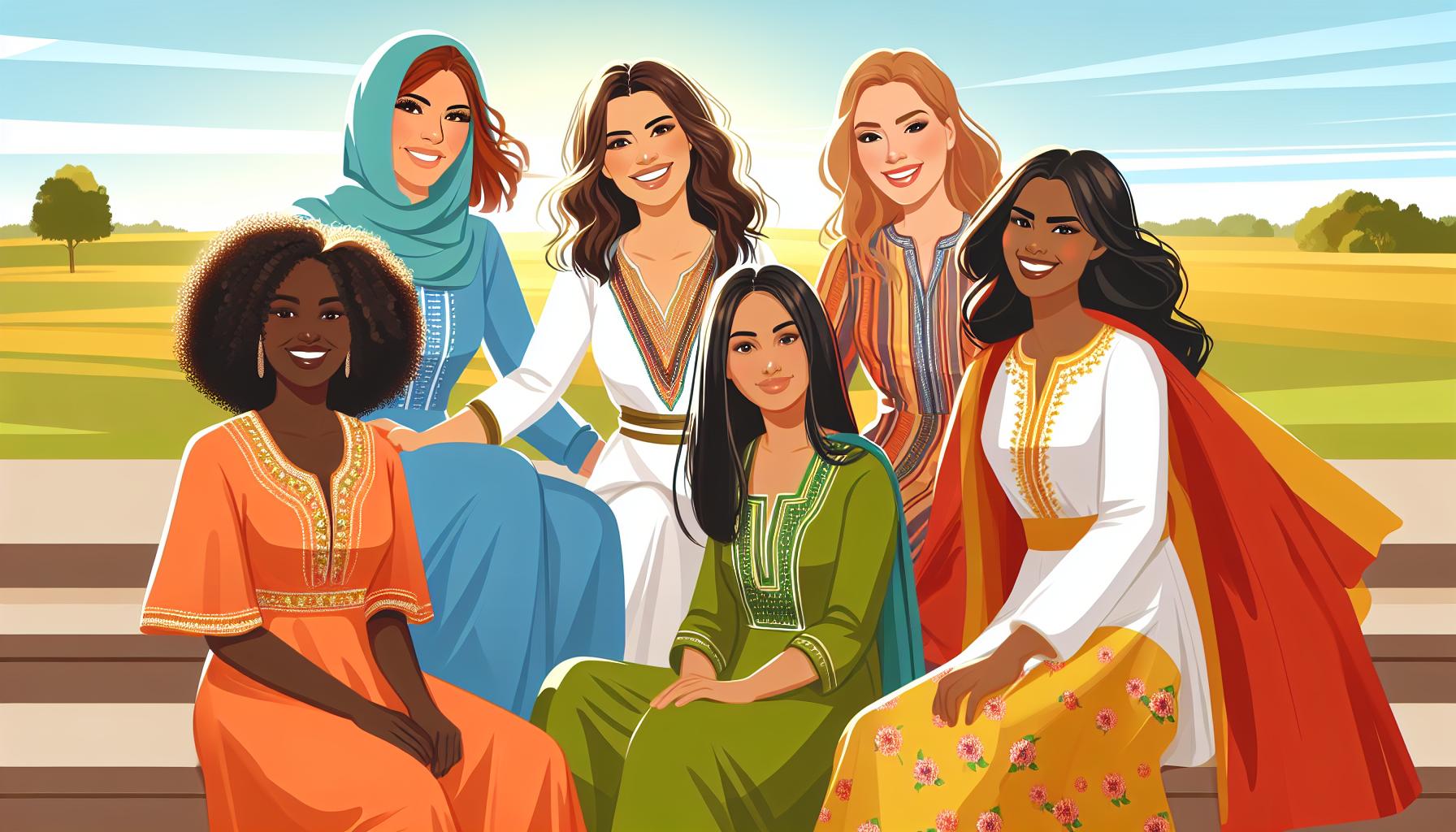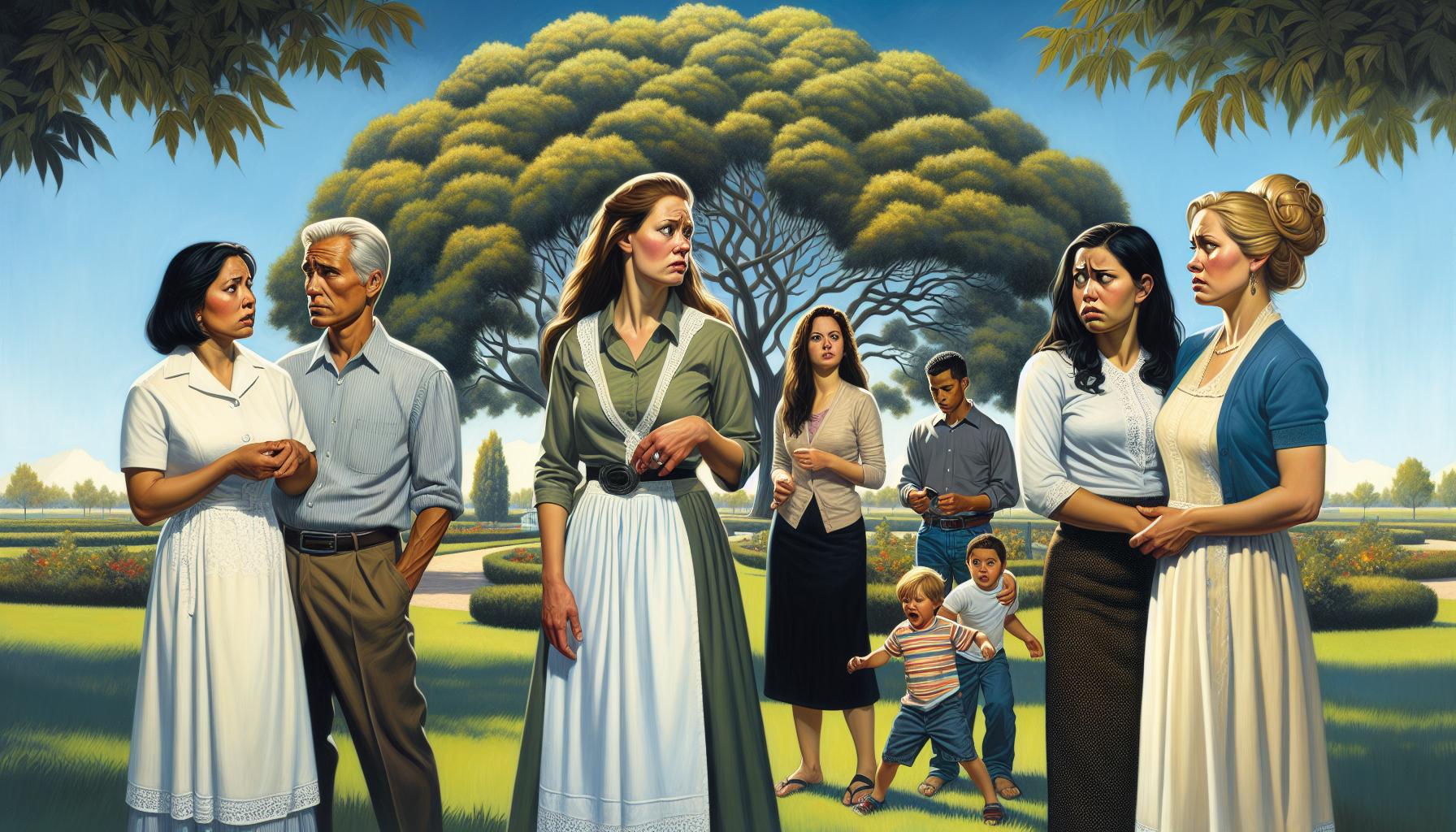Polygamy remains one of the most controversial and misunderstood relationship structures in modern society. While the practice of having multiple spouses simultaneously exists in various cultures worldwide, its legal status and social acceptance vary significantly across different regions and communities.
Throughout history, polygamous relationships have taken different forms, with polygyny (one man married to multiple wives) being the most common. Today, an estimated 2% of the global population lives in polygamous households, though the actual numbers may be higher due to unreported cases and informal arrangements. Despite its historical prevalence, modern debates continue to swirl around the ethical, legal, and social implications of polygamous marriages.
Understanding Polygamous Relationships
Polygamous relationships involve marriage between multiple partners simultaneously. These relationships exist in various forms with distinct characteristics that define the structure and dynamics of the marriages.
Forms of Polygamy
Polygamous relationships manifest in two primary forms:
- Polygyny: A marriage structure where one man marries multiple women. This form includes:
- Sororal Polygyny: Multiple wives who are biological sisters
- Nonsororal Polygyny: Multiple wives with no biological relation
- Polyandry: A marriage arrangement where one woman marries multiple men. This form is less common globally compared to polygyny.
- Mesopotamia: Rulers maintained multiple wives to establish political alliances
- Ancient Egypt: Pharaohs practiced polygyny as a symbol of power and status
- Biblical Times: Notable figures like Solomon David maintained multiple marriages
- Islamic Societies: The practice gained structure through religious guidelines
- African Kingdoms: Chiefs’ traditional marriage systems included multiple wives
| Time Period | Notable Examples | Primary Form |
|---|---|---|
| Ancient Mesopotamia | Royal Harems | Polygyny |
| Biblical Era | Solomon (700 wives) | Polygyny |
| Medieval Period | Islamic Caliphates | Regulated Polygyny |
| Pre-Colonial Africa | Tribal Leadership | Polygyny |
Religious and Cultural Practices

Religious and cultural practices shape the acceptance and implementation of polygamous marriages across different societies. These practices vary significantly based on theological interpretations and historical contexts.
Polygamy in Islam
Islamic law permits polygamy with specific limitations and requirements. A Muslim man can marry up to four wives simultaneously when he can provide equal treatment, financial support, and emotional care to all spouses. Statistical data reveals low prevalence rates in most Muslim-majority nations:
| Country | Polygamy Rate |
|---|---|
| Afghanistan | <1% |
| Pakistan | <1% |
| Egypt | <1% |
The practice emerged during the 7th century in Arabia as a social solution for supporting widows and orphans after periods of conflict. Many Muslim-majority countries maintain legal frameworks for polygamous marriages while implementing varying degrees of restrictions and regulations.
Polygamy Among Mormon Communities
Mormon polygamy evolved through distinct historical phases since the 1830s. The “plural marriage” practice remained integral to early Mormon theology until 1890 the LDS Church officially abandoned it. Contemporary Mormon fundamentalist groups continue this practice in isolated communities:
- The Fundamentalist Church of Jesus Christ of Latter-Day Saints (FLDS) maintains polygamous households in remote settlements
- The Apostolic United Brethren operates primarily in Utah, Montana
- Independent Mormon fundamentalist groups practice plural marriage across the western United States
These communities interpret religious texts as mandating plural marriage despite legal prohibitions. Modern practitioners often structure their relationships through informal spiritual unions rather than legal marriages to avoid prosecution.
Legal Status of Polygamy

Polygamy faces strict legal restrictions in many countries, with varying degrees of enforcement and penalties across different jurisdictions. The legal framework surrounding polygamy encompasses both criminal and civil regulations.
Global Laws and Regulations
Federal law in the United States classifies polygamy as a felony, with penalties including $500 fines and 5-year imprisonment terms. Individual states enforce additional restrictions:
- California imposes $10,000 fines and 1-year jail sentences for polygamous marriages
- Utah’s regulations shifted from felony classification toward potential decriminalization with $750 fines
- All 50 states maintain laws against bigamy and polygamous unions
- Religious freedom claims clash with anti-polygamy statutes
- Informal spiritual marriages circumvent legal restrictions
- State enforcement varies in prosecuting polygamous arrangements
- Legal distinctions between cohabitation and marriage complicate enforcement
| Jurisdiction | Maximum Fine | Maximum Prison Term |
|---|---|---|
| Federal Level | $500 | 5 years |
| California | $10,000 | 1 year |
| Utah (Proposed) | $750 | None |
Social and Economic Impacts

Polygamous relationships create complex social structures that affect both family dynamics and financial stability. These impacts manifest in various ways, influencing interpersonal relationships and economic resources within the family unit.
Family Dynamics
Polygamous households experience distinct challenges in maintaining harmonious relationships. Studies indicate that 25% of polygamous marriages encounter significant conflicts among family members, with 22% reporting jealousy between co-wives and their children. The presence of multiple spouses creates competition for resources, with 33% of polygamous families facing unequal distribution issues. This inequality often results in:
- Strained relationships between co-wives
- Reduced emotional connection with the shared spouse
- Complex parent-child dynamics across different maternal units
- Competition for attention and resources among children
- Decreased collaboration among family members
Financial Considerations
The economic structure of polygamous households presents unique financial challenges:
- Increased household expenses due to multiple family units
- Complex inheritance and property division considerations
- Higher costs for education and healthcare in various family groups
- Shared resource allocation among numerous households
- Financial planning complications for retirement and emergencies
Note: Each member’s economic contribution and resource distribution varies based on family arrangement and cultural context.
| Financial Aspect | Impact Percentage |
|---|---|
| Resource Distribution Issues | 33% |
| Family Conflicts | 25% |
| Interpersonal Jealousy | 22% |
Psychological Effects

Polygamous relationships create distinct psychological challenges for all family members involved. Research indicates significant mental health impacts on both spouses and children within these complex family structures.
Impact on Spouses
Wives in polygamous marriages experience heightened levels of mental health challenges compared to those in monogamous relationships. Studies reveal elevated rates of depression, anxiety, and hostility among polygamous wives, accompanied by decreased self-esteem and marital satisfaction. First wives demonstrate particularly severe symptoms, experiencing what researchers term the “first-wife syndrome” – marked by intense anxiety and depression.
Common psychological issues in polygamous wives include:
- Somatization disorders
- Paranoid ideation
- Phobic reactions
- Loneliness
- Family dysfunction
| Psychological Issue | Prevalence in Polygamous Marriages |
|---|---|
| Depression | Higher rates compared to monogamous marriages |
| Anxiety | Significantly elevated levels |
| Marital Satisfaction | Lower than monogamous relationships |
| Mental Health Problems | More frequent reports of emotional issues |
Effects on Children
Children raised in polygamous families face unique psychological challenges stemming from complex family dynamics. Siblings often compete for parental attention resources, which leads to emotional strain. These children frequently experience:
- Divided loyalties between different mothers
- Increased rivalry among siblings
- Reduced access to paternal attention
- Complex identity formation issues
- Challenges in developing secure attachments
- Multiple maternal influences
- Irregular paternal presence
- Complex household hierarchies
- Variable resource distribution
- Intricate sibling relationships
Modern Perspectives
Modern perspectives on polygamy reflect evolving social attitudes and cultural shifts in contemporary society. The practice continues to generate discussion across legal, social, and religious spheres.
Contemporary Polygamous Communities
Contemporary polygamous communities exist in various forms today, particularly among religious fundamentalist groups and specific cultural communities. Mormon fundamentalist groups maintain polygamous practices through informal spiritual unions in isolated areas of North America. These communities establish distinct social structures, with multiple families sharing resources and responsibilities.
Changing Social Attitudes
Social acceptance of polygamy in America has shown a marked increase over recent decades, as evidenced by Gallup poll data. The percentage of Americans viewing polygamy as morally acceptable rose from 7% in 2003 to 20% in 2020. This shift aligns with broader societal trends toward acceptance of diverse family structures, including:
- Increased tolerance of non-traditional relationships
- Growing acceptance of diverse family formations
- Evolving views on marriage conventions
- Recognition of alternative relationship models
The rising acceptance rates parallel similar changes in public attitudes toward other non-traditional relationships, divorce, and out-of-wedlock births. This trend indicates a broader societal movement toward greater acceptance of diverse family structures rather than an isolated shift in views on polygamy.
Conclusion
Polygamy remains a complex and evolving practice that challenges traditional notions of marriage and family structures. While legal restrictions persist in most countries, societal attitudes gradually shift toward greater acceptance of diverse relationship models. The growing tolerance reflects broader changes in how people view non-traditional family arrangements.
The reality of polygamous relationships involves intricate dynamics that affect the emotional, psychological, and financial well-being of all family members. As discussions continue about its place in modern society, understanding historical context and contemporary implications becomes essential for meaningful dialogue about relationship diversity and cultural practices.



